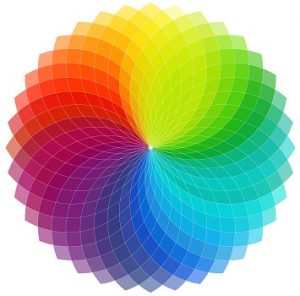
More evidence that low-calorie sweeteners are bad for your health
Studies show that artificial sweeteners can raise the risk of hypertension, metabolic syndrome, type 2 diabetes and heart disease, including stroke.

Natural Health News — When we feel sad we often say we are “feeling blue” or describe the world as being grey; now research suggests that these descriptions may be more than simple metaphor.
Previous studies have shown that emotion can influence various visual processes, and some work has even indicated a link between depressed mood and reduced sensitivity to visual contrast. Because contrast sensitivity is a basic visual process involved in colour perception, the researchers wondered whether there might be a specific link between sadness and our ability to perceive colour.
» New research shows that when we are feeling sad we may have trouble identifying colours along the blue-yellow axis.
» Researchers suggest that this could be linked to a drop in levels of the neurotransmitter dopamine, which is a feature of sadness and depression.
Changing perception
Now the results of two recent studies, published in the journal Psychological Science indicate that feeling sadness may actually change how we perceive colour. Specifically, researchers found that people who were induced to feel sad were less accurate in identifying colours on the blue-yellow axis than those who were led to feel amused or emotionally neutral.
“Our results show that mood and emotion can affect how we see the world around us,” says psychology researcher Christopher Thorstenson of the University of Rochester, first author on the research. “Our work advances the study of perception by showing that sadness specifically impairs basic visual processes that are involved in perceiving colour.”
Blind to the blues
In one study, the researchers had 127 undergraduate participants were randomly assigned to watch an animated film clip intended to provoke sadness or a standup comedy clip intended to amuse.
After watching the video clip, the participants were then shown 48 consecutive colour patches and were asked to indicate whether each patch was red, yellow, green, or blue.
The results showed that participants who watched the sadness video clip were less accurate in identifying colours than participants who watched the amusing clip, but only for colour patches that were on the blue-yellow axis. They showed no difference in accuracy for colours on the red-green axis.
A second study with 130 undergraduates showed the same effect in comparison to a neutral film clip: Those who watched a sad clip were less accurate in identifying colours on the blue-yellow spectrum than those who watched a neutral screensaver. The findings suggest that sadness is specifically responsible for the differences in colour perception.
A dopamine connection?
The researchers say their study charts new territory and note that previous work has specifically linked colour perception on the blue-yellow axis with the neurotransmitter. dopamine. For instance people with Parkinson’s, a disease which is characterised by a deficiency of dopamine, also have trouble perceiving colours along the blue-yellow axis; as do those with ADHD.
Depression too is linked with both very high and very low dopamine levels. Study in this area may help determine why we have trouble see blue when we are feeling blue.

Please subscribe me to your newsletter mailing list. I have read the
privacy statement